Sainte-Catherine Street in Montreal, one of the city’s busiest and most well-known streets, needs to improve its occupancy rate by another eight per cent to be considered fully recovered from the pandemic, according to a recent report by commercial real estate firm JLL.
The report said Canadians have increasingly displayed a heightened appetite for new in-person socializing and entertainment experiences given the pandemic and its isolating effects, which should influence how empty spaces will be filled out in the near future. Board game cafés, escape rooms, virtual reality, and competitive socializing concepts are among the most popular small-sized entertainment concepts that would add a much-needed element to an otherwise well-rostered street.

“Already renowned as an entertainment hub, new concepts are sure to benefit from the many nearby residential projects delivered in recent years, adding to the mix of office workers, tourists and university students,” said Jesse Provost, Associate Vice President, Retail, JLL in Montreal.
“The much-anticipated new light rail transit line, which will connect the four corners of the city to the downtown core will attract people who might otherwise have decided to stay in the suburbs. Sainte-Catherine Street is literally at the heart of Montreal’s business, cultural, and entertainment districts. All the ingredients are there for a vibrant and lively mix of entertainment concepts.”
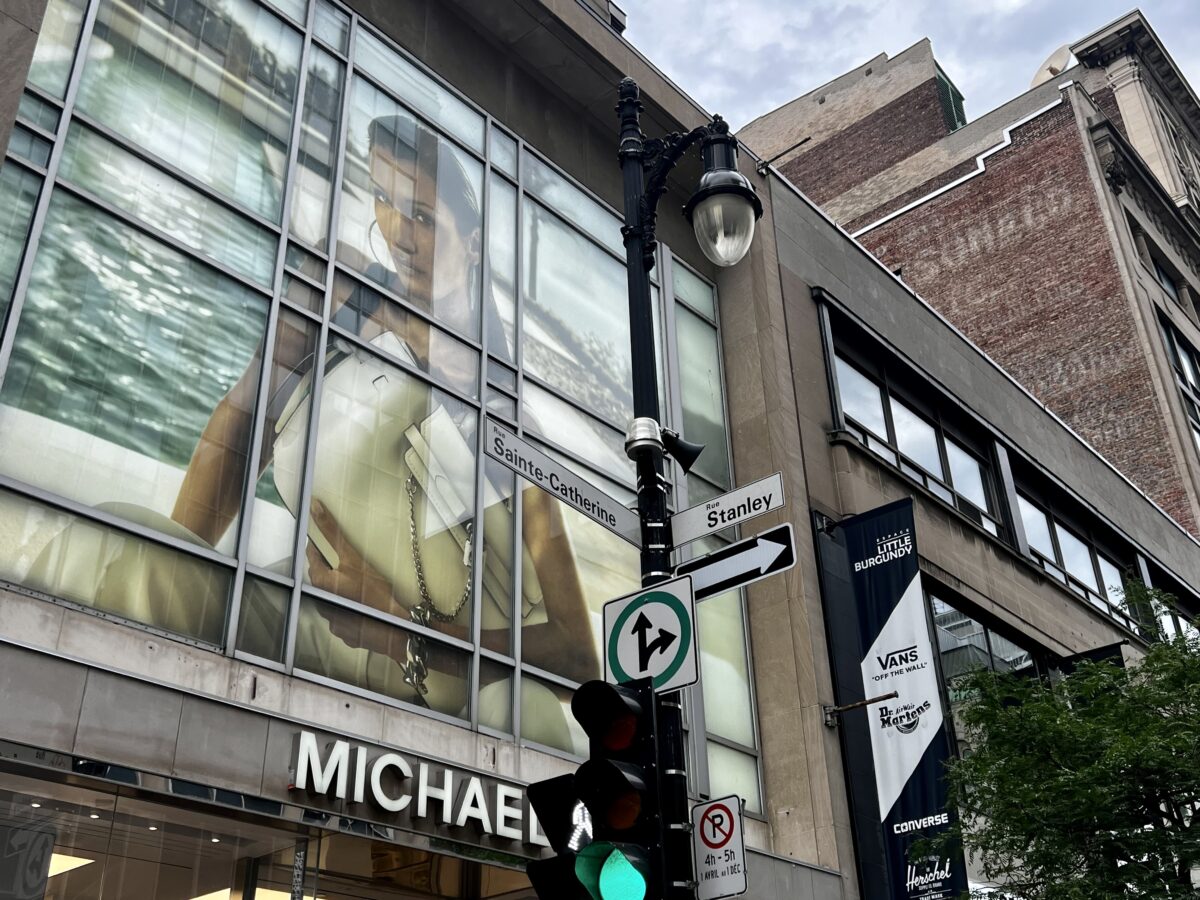
Key findings of the report were:
- Sainte-Catherine Street-based retailers should expect sales growth in the near future due to positive sales figures from clothing, shoes, food and beverage, which compose more than half of the street’s tenant roster;
- A redevelopment plan that is currently underway is widening the sidewalk and adding urban furniture, which should promote more pedestrian activity and therefore more sales;
- Foot traffic data from downtown metro ridership as well as street-level data at key downtown intersections also provide positive signs for recovery;
- Sainte-Catherine Street has yet to recover from the pandemic, indicated by the fact that the street’s current vacancy rate is higher than seen in 2019. The currently higher-than-usual vacancy rate offers the street an opportunity to reinvent itself and keep up with consumer trends; and
- The street will be increasingly occupied by luxury, pop-up, and entertainment concepts due to currently favorable market forces.
Provost said overall the retail trade in Montreal has increased compared to the rest of Canada.
“I would say that retail in Montreal is doing quite well,” he said.
“Some of the main reasons we’re seeing an increase in Montreal in overall retail sales is mostly due to the increase in general merchandise sales. People are coming back to Montreal in the office and we’ve seen tourism increase as well. Montreal is home to many large universities. With the student population also coming back I think that people are shopping more . . . We have seen pedestrian traffic increase over the last couple of years.”
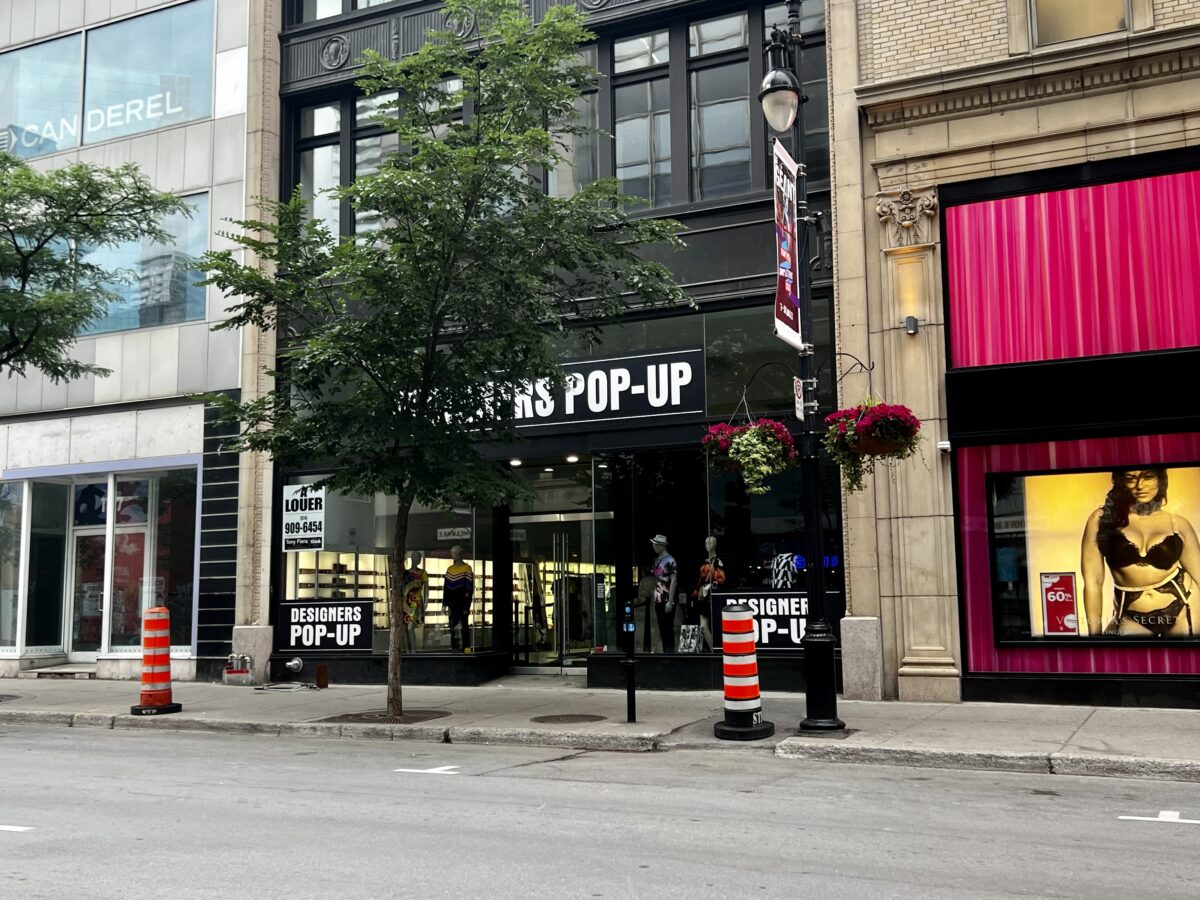
The JLL report said pop-ups will increasingly occupy Sainte-Catherine Street. With the pandemic creating a public shift toward online shopping, pop-up stores are becoming more commonplace. Whether it is digitally-native clothing retailers looking to obtain a physical presence, or local retailers affected by the pandemic looking to make a comeback, pop-up stores are excellent at generating hype and giving retailers the opportunity to safely test a market before making a larger commitment. It’s anticipated that Sainte-Catherine Street will become home to many first-in-market pop-up concepts in the coming years given the street’s prominence and ability to attract foot traffic, it said.
Unlike typical retailers, pop-ups thrive on temporary presence. By doing this, pop-ups can promote a sense of urgency from their customers, inviting them to shop at their store prior to their imminent closure. Pop-ups present/coming to Montréal: Some pop-ups that have recently opened in the GMA include Arcade, Zellers, and Turquoise’s Treasures. Another pop-up coming to Montréal is Shein, a clothing e-retailer that is set to arrive in July. The brand had recently opened a four-day pop-up in Toronto, which created a steady stream of line-ups and was deemed largely successful, said the report.

“With catalogs of products available at their fingertips, consumers are looking for experiences that go beyond traditional shopping. Retailers can meet these changing preferences by offering pop-up formats which hugely benefit them,” said Johanne Marcotte, Executive Vice-President Property Management, Retail JLL.
“Temporary locations and activations provide an opportunity to gather real-time reactions from customers, understand market demand and evaluate the long-term visibility of their concept. This flexibility enables brands to fine-tune their strategies, product offerings, and customer experience based on their direct feedback.”
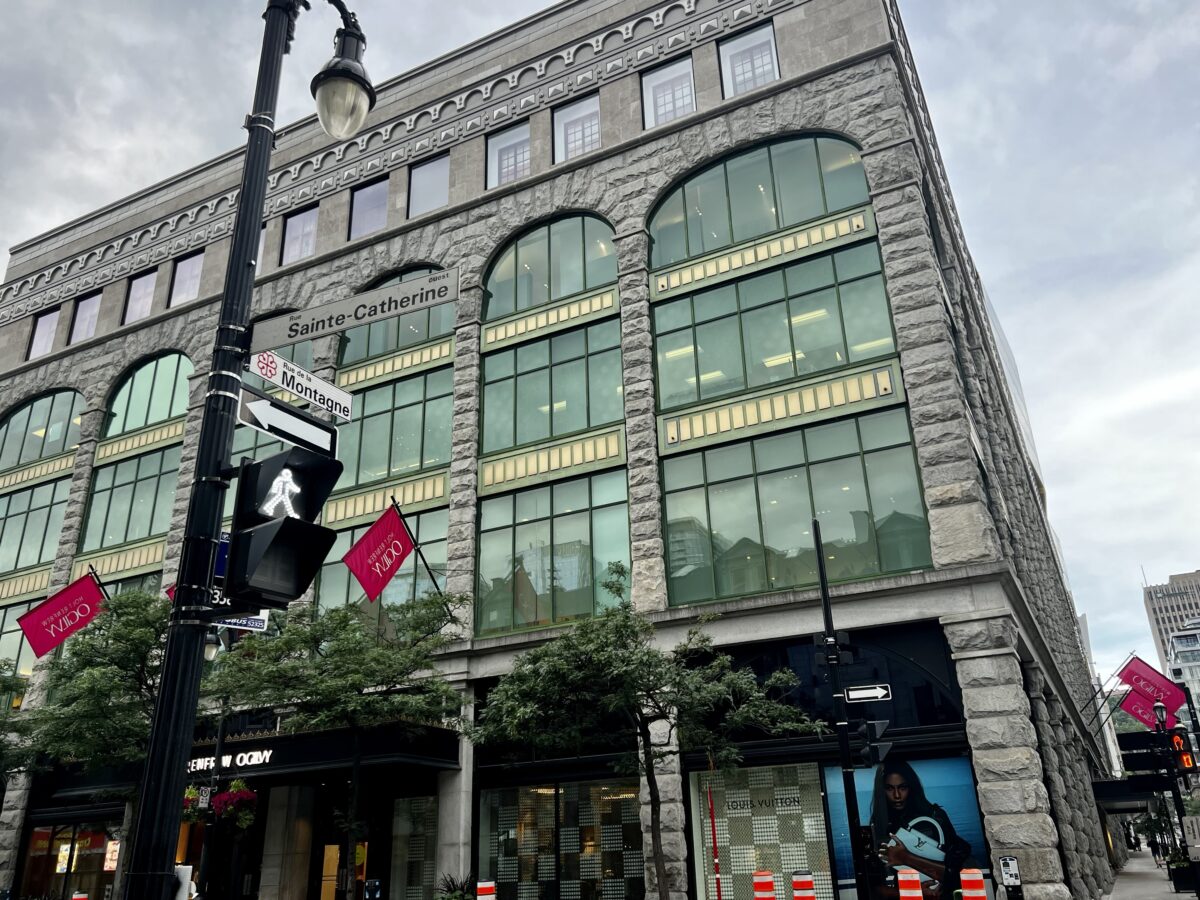
The JLL report said luxury retailers will also increasingly call Sainte-Catherine Street home.
“The luxury sector is one of the retail categories that has seen almost uniformly positive results in North America and was one of the first categories to bounce back after lockdown restrictions were lifted. While the current elevated interest rates and the economic uncertainty that they bring can be challenging for price-sensitive consumers, it’s important to note that affluent luxury consumers experienced relatively little turbulence during the pandemic. In turn, these shoppers should continue to overcome current economic obstacles and provide much-needed consumption stability. The sustained demand for premium products should provide a ripe opportunity for luxury retailers,” it said.
Citing a Business of Fashion survey, JLL said just under 80 per cent of respondents expect to visit luxury stores as often or more frequently this year compared to 2022. Just over 50 per cent of respondents plan on visiting a luxury store each quarter. Luxury retailers are coming soon to Montréal: Some luxury retailers that have recently teased future openings at Royalmount include Tiffany & Co, Louis Vuitton and Gucci.
“Much like in previous years, Sainte-Catherine’s post-COVID-19 tenant roster is primarily composed of clothing (37 per cent), footwear (14 per cent), and F&B (11 per cent) operators. As expected, the current inoccupancy rate on the street is still higher than pre-pandemic levels at 22 per cent. In Q3 2019, the segment’s inoccupancy rate sat at 16 per cent. Some notable companies that have left Sainte-Catherine Street between 2019 and 2023 include American Eagle Outfitters, Banana Republic, Lole and Videotron,” said JLL.
”Sainte-Catherine Street’s tenant roster has increasingly become geared toward luxury clothing, at the expense of lower-end clothing retailers. This signals that Sainte-Catherine Street is still able to attract high-ticket retailers in a post-Covid world, and further cements the street as a premium shopping destination.”
Some higher-end clothing retailers that were added to the street since 2019 include Influence U and Olam opening between 2019 and 2022, as well as a Designer pop-up opening in 2023. Additionally, Nike will be bolstering the street’s active-wear tenant roster, which is set to open this summer and attract even more foot traffic on the street, said the report. Browns Shoes also last year opened an 11,000 square foot B2 location at the Montreal Eaton Centre, among other openings.
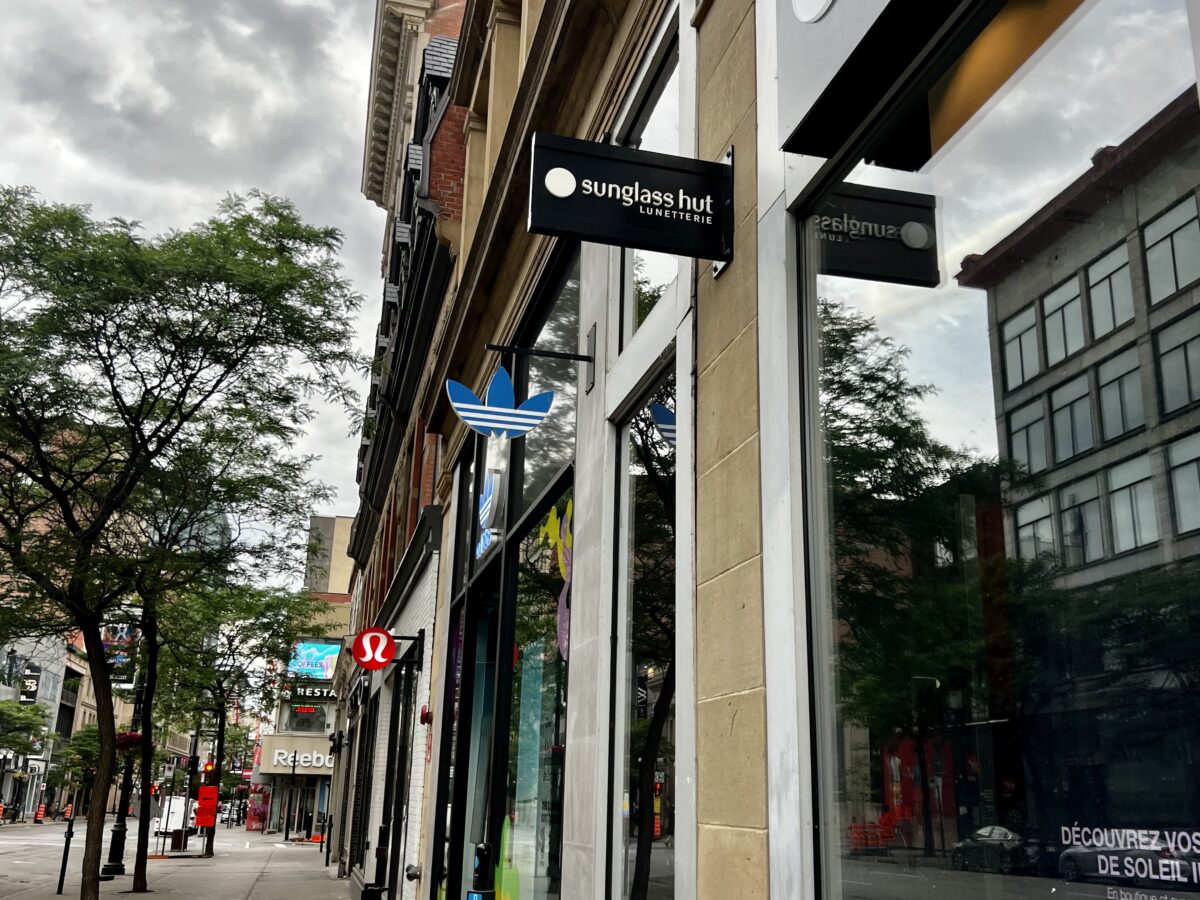
Following a similar trend as clothing retailers, the footwear industry on Sainte Catherine is gearing toward higher end shoe stores, lowering the amount of middle end shoe retailers on the street.
While there weren’t any new openings between 2022 and 2023, high-end shoe retailers such as Out of This World and Centrall entered the street during the COVID-19 pandemic years, it added.
“Food and beverage is also set to make a bounce back in 2023 and beyond, largely due to the unmet pent-up demand that accumulated during the COVID-19 pandemic. Now, with the removal of restrictions, returning office workers, students, and tourists will look to take full advantage of the city’s prime food offerings and terraces. According to OpenTable data, Montréalers are making reservations at nearly pre-pandemic levels, with the latest data point indicating only a six per cent decline compared to 2019 bookings,” said the report.
“Unsurprisingly, the food and beverage industry stumbled during the pandemic and has yet to truly recover. However, regional restaurants have maintained relatively stable numbers, a silver lining in the period of isolation. The different types of restaurants on Sainte Catherine have been somewhat steady from 2019 through 2023 but are bound to change. With the increase in full-service restaurant interest, it is likely that fast-food chains will be replaced by more regional and upscale concepts in the coming years.”
The redevelopment of Sainte-Catherine has been in the works for several years.
“We’ve seen the first phase completed which is actually phenomenal,” said Provost. “We’re actually excited about seeing the second phase but obviously it will disrupt business and retailers looking at settling on Sainte-Catherine Street are waiting for that project to be completed for those reasons.”



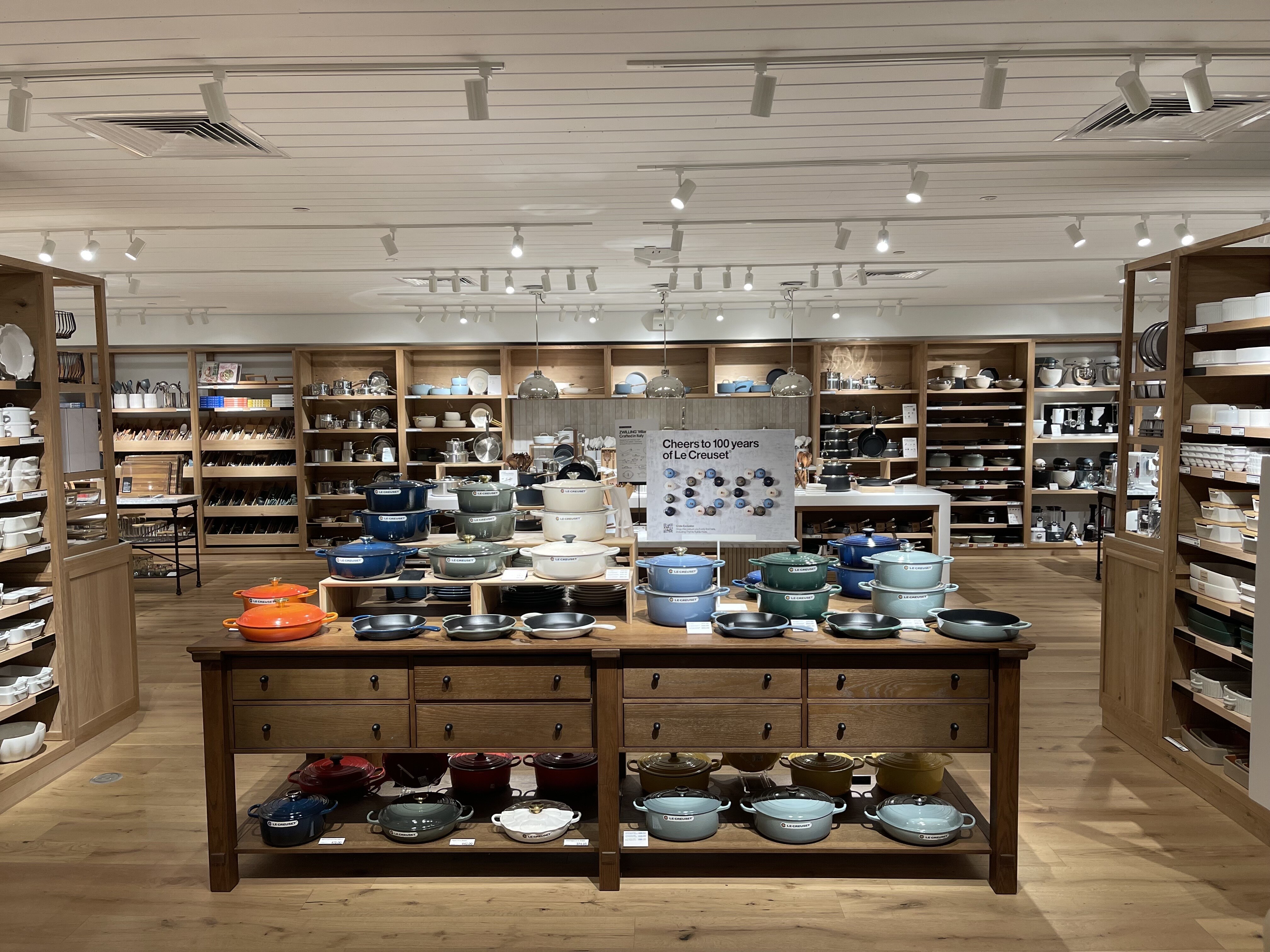





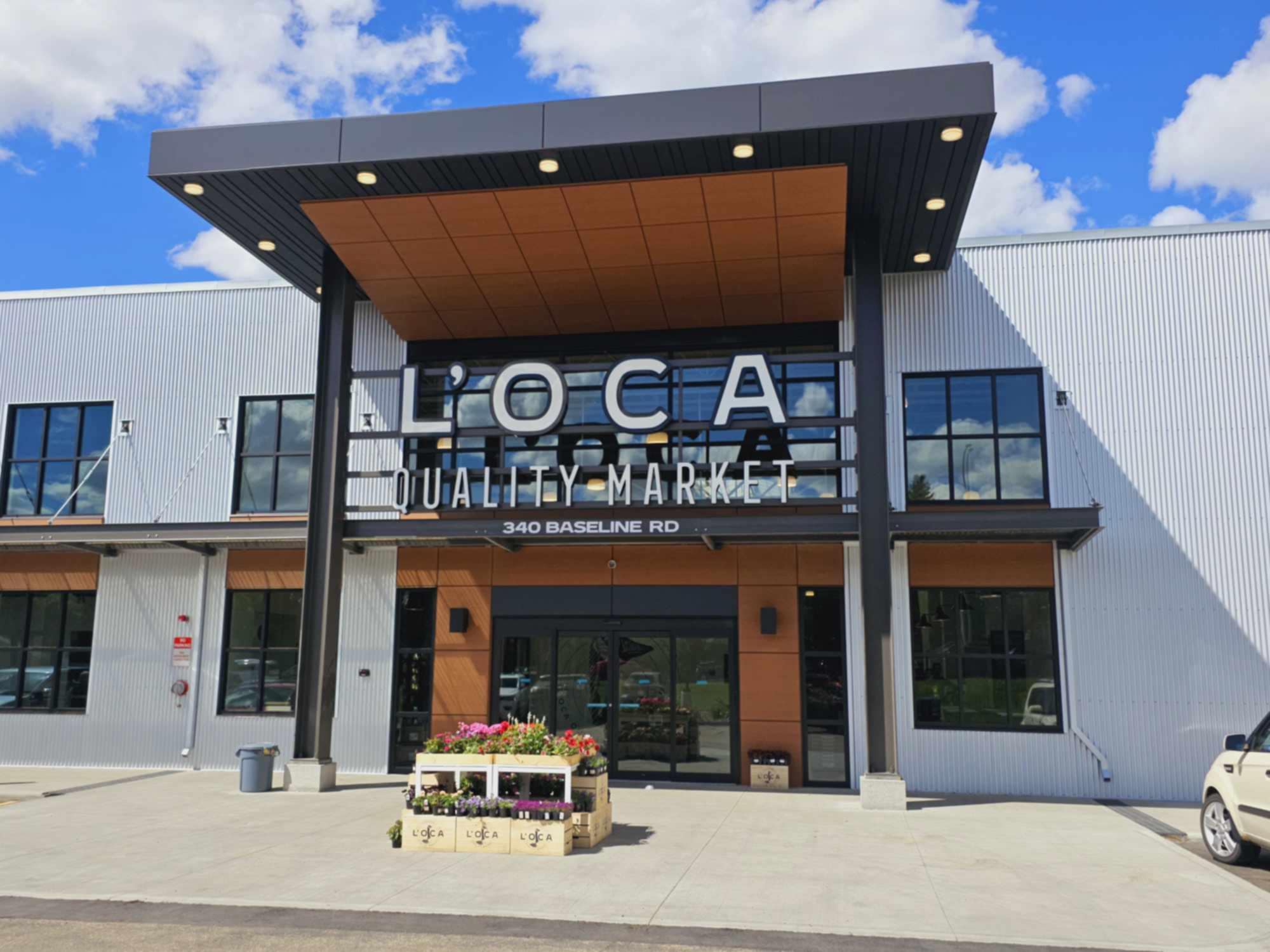




Though it’s encouraging to read that Montreal’s iconic Rue Sainte Catherine is faring well despite the post- coronavirus phenomena of work-from-home, commercial real estate collapse and continuing urban sprawl, the street and the adjacent Golden Square Mile will face another challenge to its status as the historic center for upmarket shopping with the arrival next year of Royalmount and its roster of first-to-market luxury stand-alone stores. As more retailers entering the Greater Montreal market such as Shein and L.L. Bean open stores at places like Dix-30 or Carrefour Laval, the city centre faces a bigger challenge to re-establish its economic foundation. The upcoming concentration of luxury brands at Royalmount poses a critical test to Montreal’s retail market. The most optimal outcome would be to see a situation similar to that which exists in Toronto where the flourishing Yorkdale Mall and its magnetic attraction for upscale labels and shoppers coëxists with Bloor-Yorkville’s continuing popularity among moneyed shoppers. Such an event in Montreal would signal a rise in the city’s fortunes.
I completely agree with you.
I wish that Retail Insider wouldn’t rely so heavily on “research” from companies like JLL, who have a vested interest in putting a positive spin on real-estate-market conditions. Most Montrealers over 30 with disposable incomes don’t find the downtown retail scene interesting at all, because the retail concepts in downtown Montreal are not at nearly the levels of sophistication that one sees in Toronto. The city’s never-ending roadworks don’t help either.